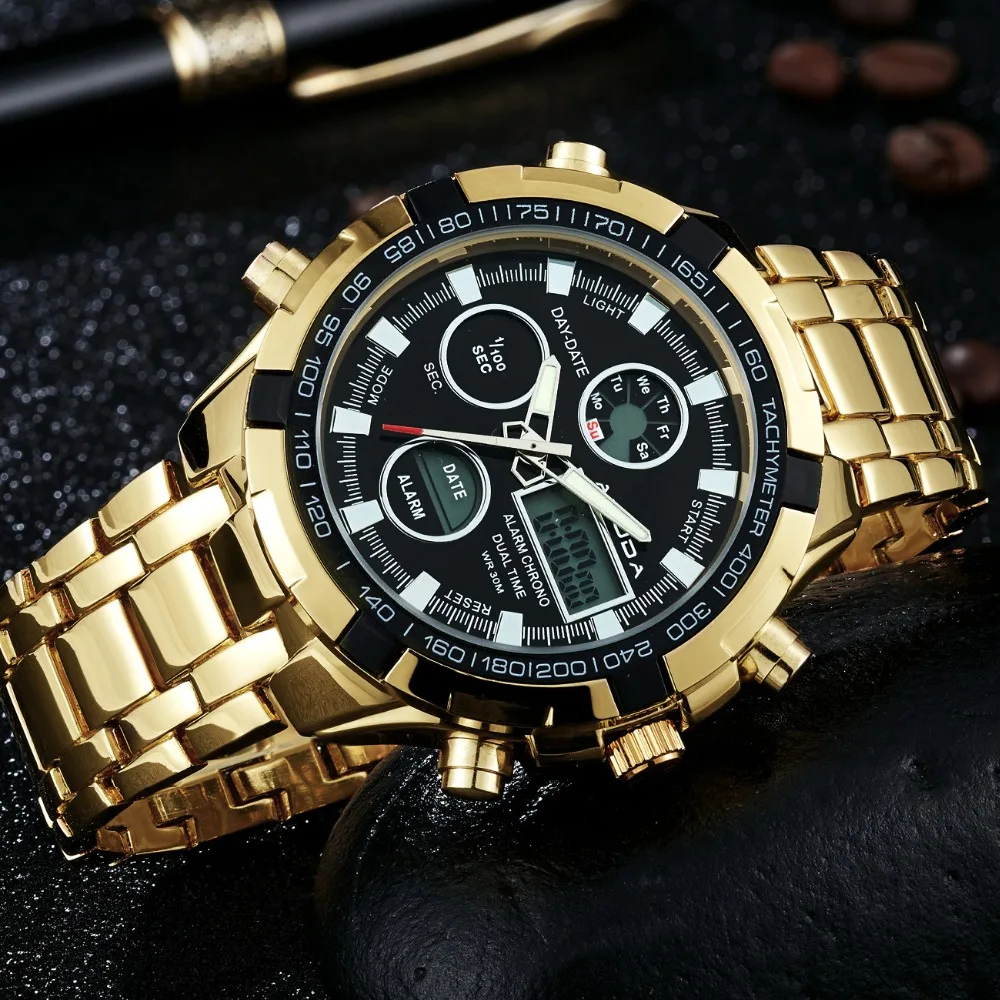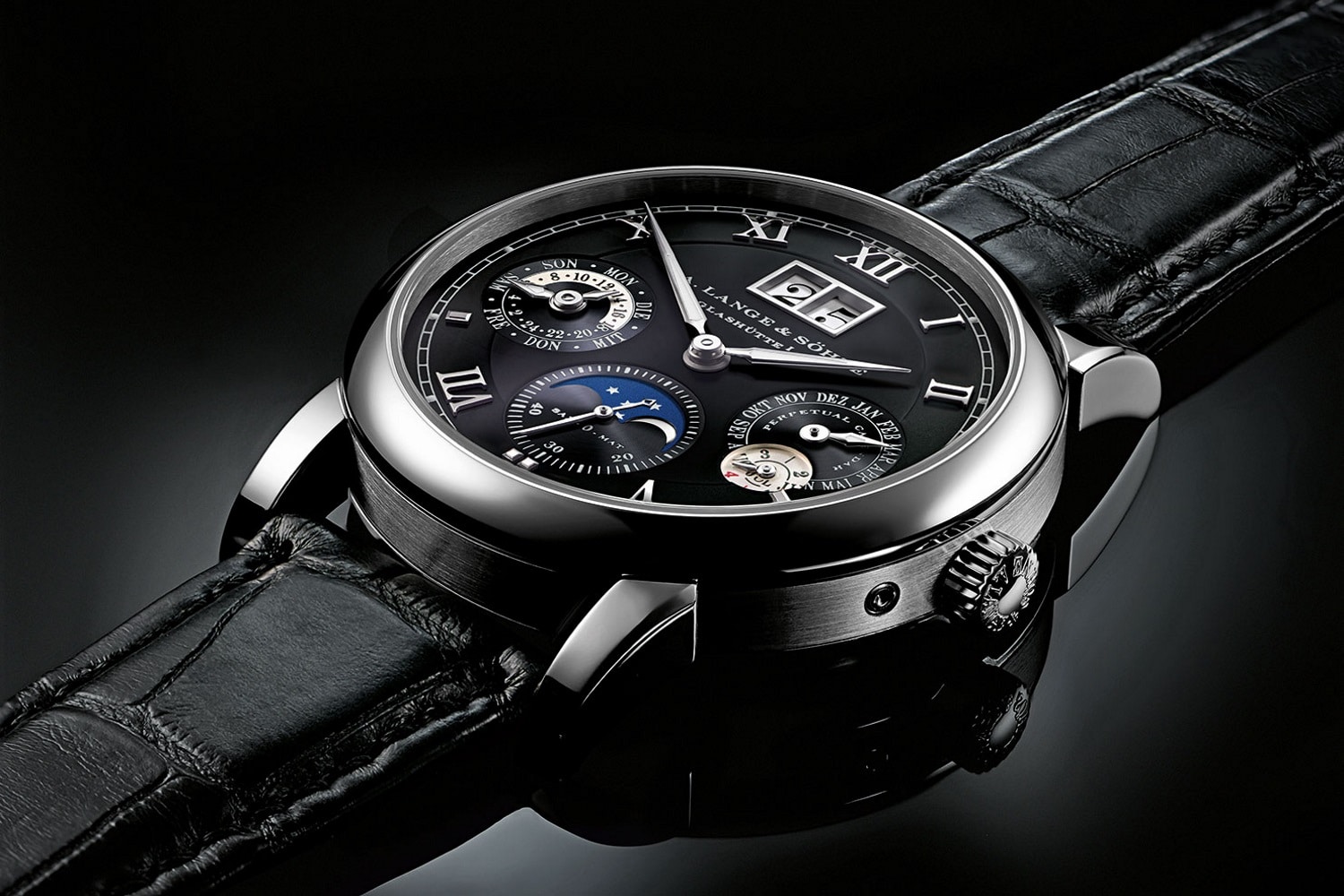Historical Evolution of Timekeeping Devices: Reloj In English
Reloj in english – The quest for precise timekeeping has spurred the development of ingenious devices throughout history. From the rudimentary sundials of ancient civilizations to the sophisticated atomic clocks of the modern era, the evolution of timekeeping has played a pivotal role in shaping human understanding and advancement.
The Spanish word “reloj” translates to “watch” in English. A watch is a timepiece that is worn on the wrist and is typically used to tell the time. Watches come in a variety of styles and can be made from different materials, such as metal, plastic, or leather.
Some watches also have additional features, such as a stopwatch or a calendar. If you are looking for a stylish and functional watch, ivan cornejo is a great option. Ivan Cornejo is a renowned watchmaker who creates beautiful and unique timepieces that are sure to turn heads.
Origins of Timekeeping
The earliest known timekeeping devices were sundials, which utilized the Earth’s rotation relative to the sun to cast shadows and indicate the time of day. Water clocks, employing the principle of water flow, and candle clocks, measuring the burn rate of candles, were also developed in ancient times.
If you’re in search of a dependable and stylish timepiece, look no further than the exquisite collection of relojes in English. These elegant watches not only tell time but also serve as captivating fashion accessories. And if you’re a boxing enthusiast, you’ll be thrilled to know that the legendary “sr smith peso pluma” is available in this collection.
With its sleek design and precise Swiss movement, this watch is sure to turn heads both in and out of the ring. Don’t miss out on the opportunity to own a piece of boxing history while enhancing your style with a timeless reloj.
Mechanical Clocks, Reloj in english
The invention of the verge escapement in the 13th century marked a significant breakthrough in timekeeping. This mechanism, consisting of a rotating escape wheel and a swinging pendulum, allowed for the regulation of mechanical clocks. The subsequent introduction of the pendulum and balance spring further enhanced accuracy and reliability.
Reloj, meaning “watch” in English, is a common object featured in many songs. One notable example is “Reloj” by Peso Pluma, which features introspective lyrics about time and its passage. Click here to explore the lyrics and delve deeper into the themes of the song.
Reloj remains a prevalent item in both everyday life and artistic expression, offering a tangible connection to the concept of time.
Role in Navigation and Exploration
The development of precise timekeeping devices played a crucial role in the advancement of navigation and exploration. Sailors could determine their longitude by comparing the time indicated by their clocks to the local time at a known location. This enabled them to accurately chart their position at sea, facilitating long-distance voyages and global exploration.
Scientific Research
Precise timekeeping has also been instrumental in scientific research. The ability to measure and record time intervals with high accuracy has enabled scientists to conduct experiments, analyze data, and make precise observations in various fields, including astronomy, physics, and medicine.
Types and Styles of Relojes

Relojes, or watches, come in a vast array of types and styles, each designed to meet specific needs and preferences. From their inner workings to their outward appearance, relojes showcase a rich tapestry of innovation and craftsmanship.
Mechanisms
At the heart of every reloj lies its mechanism, the intricate machinery that powers its timekeeping functions. Relojes can be classified into three primary categories based on their mechanisms:
- Mechanical Watches: These traditional timepieces rely on a complex system of gears, springs, and a balance wheel to regulate time. They require regular winding to maintain their operation.
- Quartz Watches: Quartz watches utilize a battery-powered electronic oscillator to generate precise timekeeping. They are known for their accuracy and low maintenance requirements.
- Atomic Clocks: The most accurate timekeeping devices, atomic clocks employ atomic vibrations to maintain incredibly precise time. They are used as the reference standard for global timekeeping systems.
Styles
Beyond their mechanisms, relojes exhibit a wide range of styles to suit diverse tastes and occasions. From classic dress watches to modern sports watches, each style has its own distinct characteristics:
- Dress Watches: Epitomizing elegance and sophistication, dress watches are designed for formal occasions. They typically feature thin profiles, simple dials, and precious metal cases.
- Sports Watches: Built for durability and functionality, sports watches are ideal for active lifestyles. They often incorporate features such as water resistance, shock resistance, and specialized functions for sports activities.
- Fashion Watches: Combining style and functionality, fashion watches are designed to complement personal aesthetics. They come in a variety of colors, shapes, and materials, catering to the latest trends.
Materials
The construction of relojes involves a diverse range of materials, each contributing to the watch’s durability, aesthetics, and value:
- Gold: A precious metal renowned for its luster and durability, gold is commonly used in luxury relojes. It comes in various karats, indicating its purity.
- Silver: Another precious metal, silver is known for its affordability and versatility. It is often used in both dress and sports watches.
- Stainless Steel: A durable and corrosion-resistant alloy, stainless steel is a popular choice for sports and everyday watches.
- Ceramics: High-tech ceramics offer exceptional scratch resistance and durability. They are increasingly used in sports and fashion watches.
Cultural Significance and Impact of Relojes

Relojes have long held cultural significance as symbols of status, wealth, and fashion. From ancient Egypt to modern-day China, relojes have played a vital role in various cultures and societies.
In ancient Egypt, relojes were often made of gold or other precious materials and were worn by pharaohs and other members of the elite as a symbol of power and prestige. In the Middle Ages, relojes became popular among the wealthy in Europe, and were often used to display their wealth and social status.
Role in Art, Literature, and Film
Relojes have also played a significant role in art, literature, and film. In paintings, relojes are often used to symbolize the passage of time or to create a sense of urgency. In literature, relojes are often used as a plot device, such as in the case of the ticking clock in Edgar Allan Poe’s “The Tell-Tale Heart.”
In film, relojes are often used to create suspense or tension. For example, the ticking clock in the film “Speed” creates a sense of urgency and keeps the audience on the edge of their seats.
Reloj, the Spanish word for “watch,” is a common sight on wrists around the world. While the timepiece itself may not be new, the question of “did peso pluma pass away” has been making waves recently. Find out the answer here.
Returning to the topic of relojes, their popularity continues to grow as they evolve into stylish accessories and sophisticated timekeeping devices.
Reloj, the Spanish word for “clock,” has a rich history and cultural significance. The term has been used for centuries to describe timekeeping devices, from sundials to modern digital clocks. Interestingly, the lyrics of the popular song “Put Em in the Fridge” by Peso Pluma contain a reference to a reloj, providing a unique connection between the two topics.
The song’s lyrics, available here , describe a person’s desire to preserve memories, symbolized by the act of putting them “in the fridge.” The use of the word “reloj” in this context suggests the passage of time and the importance of cherishing moments before they fade away.